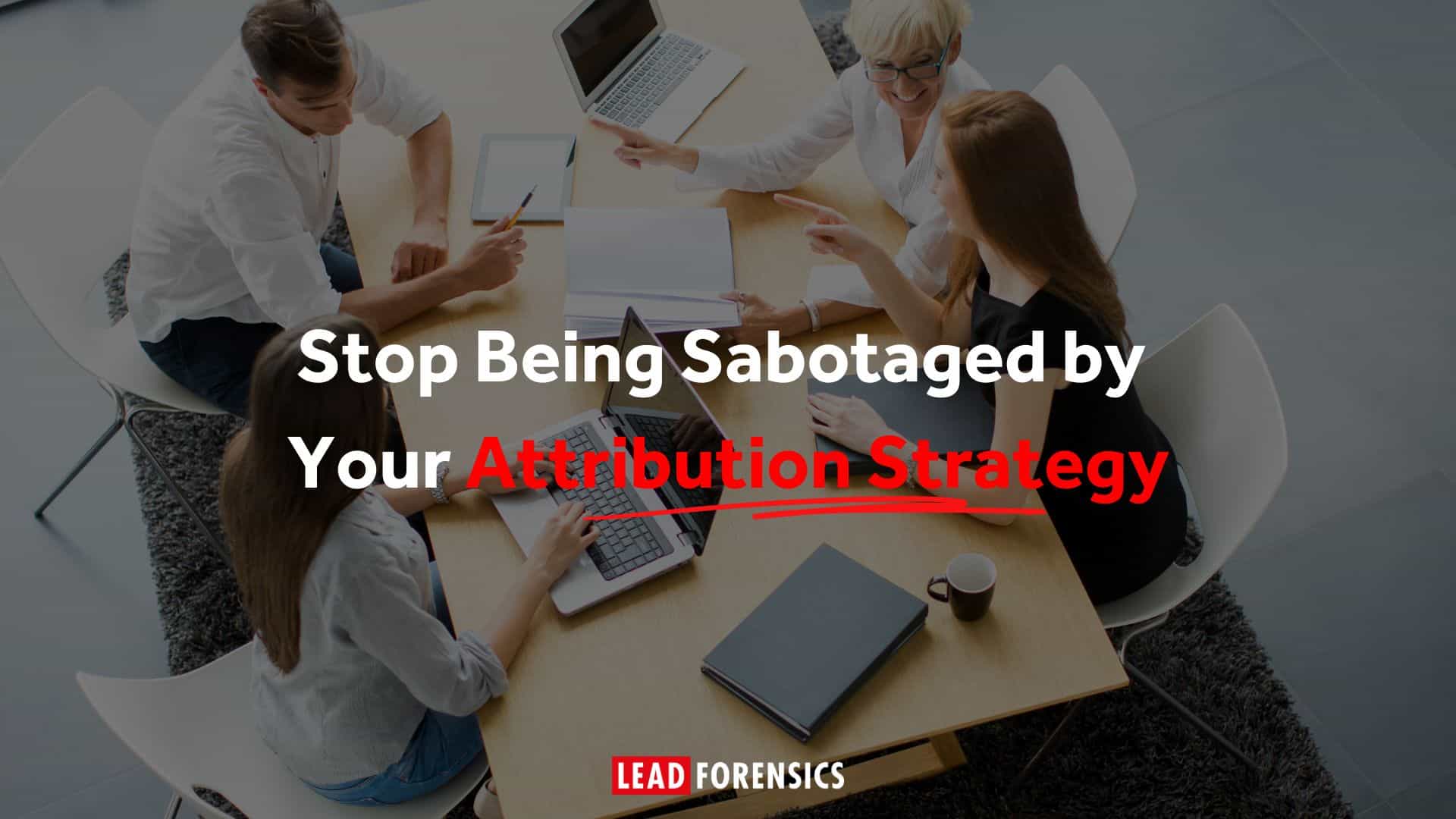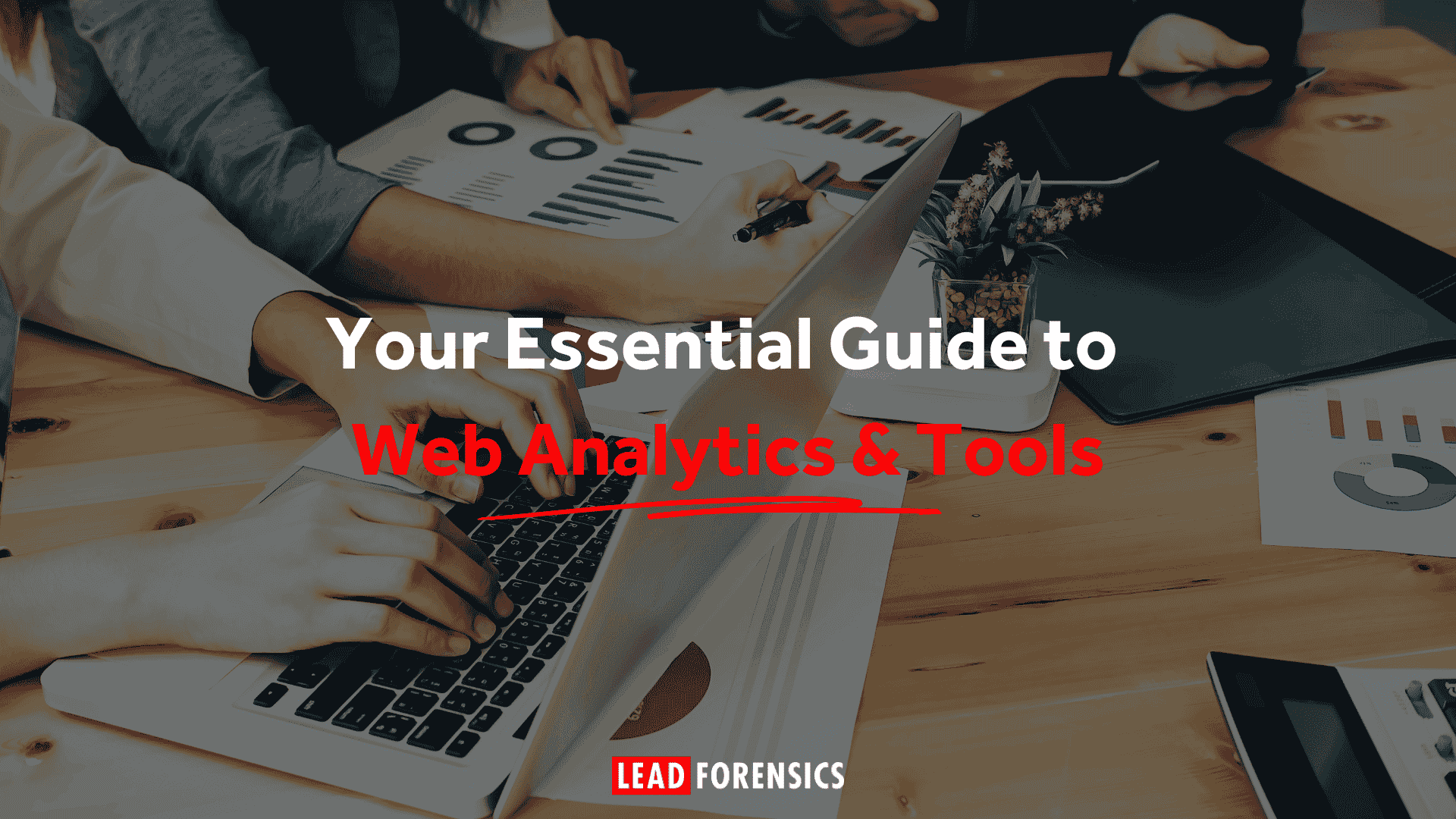But let’s face it: as robust and helpful as Salesforce can be, it also has its complexities. You’ve probably experienced some of them: data that doesn’t quite make sense, features that you’re sure could be useful if only you knew how to leverage them, mobile access that’s less than optimal, or a nagging sense that there must be a more efficient way to do things.
Sound familiar? You’re not alone. These are common stumbling blocks that can turn Salesforce from a helpful tool into a source of frustration.
But here’s the good news: this blog is your guide to turn those frustrations into triumphs. We’ll explore the top 10 pitfalls that sales and marketing professionals like you often face with Salesforce, and provide you with practical, easy-to-implement solutions.
Whether you’re a seasoned Salesforce user or relatively new to the game, this blog is designed with you in mind. Our goal? To make your Salesforce experience smoother, more productive, and ultimately, more rewarding.
So, stick with us as we dive into these common issues and their solutions, and help you turn your Salesforce platform into a well-oiled machine that fuels your sales and marketing success.
Pitfall #1: Lack of High-Quality Data
Imagine this: you’re in Salesforce, ready to jump into your next round of sales calls or marketing outreach, but you realize you’re working with a limited pool of leads. Maybe you’ve already contacted most of them, or perhaps a good chunk of the list consists of cold leads that haven’t shown significant interest. It’s a common predicament that leaves you feeling like you’re trying to fill a bathtub with a dripping faucet.
Having a limited quantity of quality data in Salesforce can seriously hamper your effectiveness. After all, your outreach strategies, sales pitches, and marketing campaigns are only as strong as the leads you target. The impact of this problem is substantial – slowed momentum, wasted resources, and even stalled growth.
But there’s a solution: Lead Forensics. As a powerful tool that identifies hot prospects visiting your company website, Lead Forensics breathes new life into your Salesforce database. It not only identifies these potential leads but also provides actionable information about them, turning anonymous website traffic into a goldmine of high-quality, ready-to-engage leads.
Pitfall #2: Inefficient User Training
There’s a common saying, “A tool is only as good as the person who wields it.” This rings especially true for Salesforce. Without effective training, even the most intuitive and feature-rich platform like Salesforce can feel like trying to navigate an unfamiliar city without a map.
Salesforce is packed with powerful features designed to supercharge your sales and marketing efforts. But, the magic starts to happen when you and your team know how to use them to their full potential. That’s where the importance of proper Salesforce training comes in. Effective training isn’t just about knowing what buttons to click; it’s about understanding how to use the platform strategically to achieve your specific business goals.
But how do you ensure your Salesforce training is up to par? Here are a few tips:
Make it Relevant: Tailor your training to match your team’s roles and responsibilities. Show them how Salesforce’s features and functionalities can help them do their job more effectively.
Use Real-life Scenarios: Instead of relying solely on theoretical examples, use actual scenarios from your business to demonstrate how to use Salesforce. This can help your team better understand and remember the procedures.
Continuous Learning: Salesforce evolves constantly, with new features and updates regularly rolled out. Make sure your training is ongoing, to keep your team up-to-speed and able to leverage the latest Salesforce has to offer.
Leverage Salesforce Resources: Salesforce provides a wealth of resources, including webinars, tutorials, and a comprehensive help center. Don’t forget to utilize these to supplement your training.
Effective training is a game-changer. It’s the difference between a team that just uses Salesforce and a team that excels at using Salesforce.
Pitfall #3: Inadequate Salesforce Customization
If you’ve ever worn a one-size-fits-all hat that didn’t quite fit, you understand the problem with a one-size-fits-all approach. Salesforce, as robust and feature-packed as it is, isn’t immune to this problem. Without the right customization, Salesforce can feel like that ill-fitting hat – it kind of works, but it’s not quite right.
Salesforce is built to be flexible. Its power lies not just in its out-of-the-box features, but in its ability to be tailored to fit your specific business needs. Inadequate customization can leave you feeling overwhelmed by unnecessary features or, conversely, lacking the ones you need. The result? A less efficient system that could hinder, rather than help, your sales and marketing efforts.
So, how do you ensure your Salesforce is customized to fit just right? Here are some guidelines:
Identify Your Needs: Start by mapping out what your sales and marketing processes look like and identify the areas where Salesforce can support these. This will help you determine what customizations you need.
Use Custom Fields and Layouts: Salesforce allows you to create custom fields and layouts, so you can structure it to align with your business processes. Use these features to keep relevant data front and center.
Leverage AppExchange: Salesforce’s AppExchange offers thousands of ready-to-install apps that can add specific functionalities to your Salesforce system. Explore these apps for potential ways to augment your customization.
Consider Professional Help: If customization seems daunting or if your needs are complex, consider enlisting a Salesforce consultant. They can help ensure your Salesforce system is fine-tuned to your business needs.
Salesforce is more than just a CRM – it’s a platform that can be molded and shaped to fit your needs. Make sure you’re leveraging its full potential through effective customization.
Pitfall #4: Neglecting Mobile Users
Think about how often you reach for your phone or tablet. Whether it’s a quick check of your email over breakfast, finalizing a report on your commute, or catching up on industry news while waiting for your coffee, mobile devices have become a critical part of our work lives.
Now, consider how this translates to your Salesforce usage. If you’re overlooking the importance of mobile accessibility, you’re missing out on a massive opportunity. Today’s sales and marketing environment is dynamic, fast-paced, and increasingly mobile. To keep up, you need your Salesforce system to be as flexible and accessible as you are.
Ignoring mobile users can lead to missed opportunities and inefficiencies. It can restrict your ability to quickly respond to leads, update records on-the-go, or access crucial data when you need it most.
So how do you make your Salesforce more mobile-friendly? Here are some tips:
Train Your Team: Ensure your team is trained not just on the desktop version of Salesforce, but also on the Salesforce mobile app. They should know how to navigate and utilize its features effectively.
Customize for Mobile: Remember that not all desktop features and layouts translate well to mobile. Customize your mobile layouts to display only the most necessary and relevant information.
Leverage Mobile Features: The Salesforce mobile app comes with features designed specifically for mobile use, such as voice notes and offline access. Make sure you and your team are leveraging these to their fullest.
Embrace Mobile Mindset: Encourage a mobile-friendly culture in your team. Remind them that Salesforce isn’t just a tool for their desk but a companion that goes wherever they go.
Pitfall #5: Ignoring Analytics and Reports
It’s often said, “You can’t manage what you can’t measure.” In the realm of sales and marketing, this holds true. If you’re overlooking Salesforce’s analytics and reports, it’s like sailing a ship without a compass. Sure, you’re moving, but are you headed in the right direction?
Salesforce’s robust analytics and reporting tools are like your navigational instruments, guiding your business decisions. They can tell you where your best leads are coming from, which campaigns are hitting the mark, how your sales team is performing, and much more. Ignoring these insights can leave you operating in the dark, making decisions based more on guesswork than data.
But how do you tap into the power of Salesforce’s analytics and reports? Here are some tips:
Know What to Measure: Identify key performance indicators (KPIs) relevant to your sales and marketing goals. These could include lead conversion rates, campaign ROI, average deal size, etc.
Customize Your Reports: Salesforce allows you to customize reports to align with your KPIs. Make sure your reports are giving you the information you need in an easy-to-understand format.
Use Dashboards: Dashboards provide a visual representation of your data, making it easier to spot trends and insights. Create dashboards that give you a quick overview of your most important metrics.
Keep Learning: Salesforce’s reporting features can be complex. Don’t hesitate to leverage Salesforce tutorials or enlist the help of a Salesforce consultant to ensure you’re making the most of these tools.
Salesforce is not just a place to store data; it’s a place to understand it. Don’t miss out on the crucial insights your CRM can offer.
Pitfall #6: Underestimating the Power of Automation
Ever found yourself wishing there were more hours in the day? In the fast-paced world of sales and marketing, time is a precious commodity. Yet, so often, we find ourselves bogged down with repetitive tasks that eat into our day. But what if I told you that Salesforce can help reclaim some of those lost hours?
If you’re underestimating the power of automation in Salesforce, you’re missing out on one of its most significant benefits. Salesforce automation can streamline your workflows, reduce manual errors, and free up your team to focus on what they do best – engaging leads and closing deals.
But, how can you harness the power of Salesforce automation? Here’s a roadmap:
Identify Repetitive Tasks: Start by identifying processes in your sales and marketing workflows that are repetitive and can be automated. These could include tasks like lead assignment, follow-up emails, updating fields, and more.
Use Salesforce Automation Tools: Salesforce offers several automation tools like Process Builder, Flow Builder, and Workflow. Each tool has its strengths, so choose the one that best fits your automation needs.
Test Before Implementing: Always test your automation rules before implementing them. This will help ensure they work as expected and don’t disrupt your workflows.
Train Your Team: Make sure your team understands the automation processes and knows what tasks are being automated. This can help prevent confusion and ensure a smooth transition.
Remember, automation is your friend. It’s not about replacing human touch, but about making your team more efficient and effective. So, let Salesforce do the heavy lifting and watch your productivity soar
Pitfall #7: Failing to Regularly Clean and Maintain the Database
Imagine trying to find a book in a library where books are not properly categorized, labels are outdated, and some books are just misplaced. It would be frustrating and time-consuming, right? Similarly, a cluttered and poorly maintained Salesforce database can significantly hamper your sales and marketing efforts.
Keeping your Salesforce database clean and well-maintained isn’t just good practice; it’s essential. It ensures that your team has accurate and updated information at their fingertips, boosting their efficiency and effectiveness.
If you’re not maintaining your Salesforce database regularly, you might be dealing with duplicate data, outdated records, and irrelevant information – all of which can lead to inefficiencies and inaccuracies.
So how can you ensure your Salesforce database is in tip-top shape? Here’s your cleaning checklist:
Regularly Purge Old Data: Regularly review and remove outdated or irrelevant records from your database to keep it fresh and manageable.
Deduplicate: Salesforce has built-in tools to help identify and merge duplicate records. Make use of these tools to maintain data accuracy.
Standardize Data Entry: Implement standardized procedures for data entry to prevent inconsistencies in how data is entered and formatted.
Validate Data Regularly: Use validation rules to ensure the data entered meets certain criteria, ensuring data integrity.
Leverage Salesforce Cleaning Tools: Salesforce offers various data cleaning tools like Data.com Clean. Explore these options to make your database cleaning more efficient.
Remember, a clean and well-maintained database is like a well-oiled machine – it runs smoother, works better, and delivers superior results. Don’t let poor database hygiene slow you down.
Pitfall #8: Overlooking User Adoption
Let’s think about Salesforce as a powerful sports car. It’s sleek, fast, and loaded with features. But what good is it if your team doesn’t know how to drive it or, worse, doesn’t want to drive it?
User adoption is the key to driving your Salesforce “sports car”. Simply put, user adoption refers to the willingness and ability of your team to use Salesforce effectively. Without strong user adoption, even the most powerful CRM system can fall flat, making it a costly paperweight rather than a powerful business tool.
Overlooking user adoption is like putting the cart before the horse. You could have the best strategies, data, and customization in place, but if your team isn’t on board, your Salesforce implementation will struggle.
So, how can you boost Salesforce user adoption in your team? Here’s a game plan:
Provide Thorough Training: Equip your team with the skills they need to use Salesforce effectively. The better they understand it, the more likely they are to use it.
Show the Value: Help your team understand how Salesforce can make their jobs easier and contribute to their success. If they see its value, they’ll be more inclined to use it.
Request Feedback: Encourage your team to provide feedback on Salesforce usage. Their insights can help identify any hurdles to adoption and ways to overcome them.
Recognize and Reward: Celebrate your team’s Salesforce successes. This could be in the form of recognizing ‘Salesforce Champions’ or providing incentives for high Salesforce usage.
Salesforce is a team player. Its success depends on the people using it. Invest in user adoption and turn your Salesforce sports car into the high-performance machine it was designed to be.
Pitfall #9: Lack of a Strategic Plan for Salesforce
Imagine embarking on a road trip without a map or GPS. You might have a vague idea of your destination, but the lack of a clear route can lead to unnecessary detours, missed turns, and a whole lot of frustration. That’s what using Salesforce without a strategic plan can feel like.
Salesforce is a powerful tool, but without a clear strategy, it’s like a ship sailing without a compass. It’s easy to get lost in the sea of features, data, and customization options that Salesforce offers. A strategic plan serves as your guiding star, aligning your Salesforce usage with your overall business goals.
If you lack a strategic plan for Salesforce, you risk underutilizing its capabilities, misaligning your sales and marketing efforts, and failing to achieve your ROI.
So how can you create an effective Salesforce strategy? Here are some guiding steps:
Align with Business Goals: Your Salesforce strategy should support your overall business goals. Whether it’s improving customer retention, boosting sales productivity, or increasing lead conversions, let these objectives guide your Salesforce usage.
Identify Key Metrics: Determine what success looks like for you and how you’ll measure it. These metrics will be the cornerstone of your strategic plan.
Plan for User Adoption: A strategy is only as effective as its implementation. Plan for user training, support, and feedback to ensure your team adopts your Salesforce strategy.
Review and Adjust: A Salesforce strategy is not set in stone. Regularly review its effectiveness and be ready to adjust based on feedback, performance, and changing business needs.
Using Salesforce is a journey, and every journey needs a well-planned route. Make sure your Salesforce strategy is clear, aligned, and adaptable to make the most of your CRM investment.
Pitfall #10: Not Leveraging Integration Capabilities
Salesforce is an undeniably powerful tool, but did you know its true strength lies in its ability to play well with others? Salesforce is a bit like the conductor of an orchestra, coordinating the many instruments to create a harmonious symphony. When used in isolation, you’re missing out on its full potential.
Failing to leverage Salesforce’s integration capabilities is like having a high-end sports car, but only using it to drive to the grocery store. It can be so much more, connecting with a host of other platforms to provide a holistic, streamlined experience.
A prime example is Lead Forensics, a tool designed to turbocharge your B2B lead generation. By integrating Lead Forensics with Salesforce, you can funnel rich, actionable lead data directly into your CRM. This means your sales team has immediate access to insights about who’s visiting your website and their behavior, enabling them to act quickly and effectively.
But how can you make the most of Salesforce’s integration prowess? Here’s a strategy:
Identify Your Needs: Determine which tools your team uses regularly and would benefit from integration. If lead generation is a priority, Lead Forensics is a standout choice.
Explore Salesforce AppExchange: Salesforce’s AppExchange is like an extensive toolbox, packed with apps designed to integrate seamlessly with your CRM. Tools like Lead Forensics are designed to mesh with Salesforce, providing a streamlined experience.
Test Before Implementing: Make sure to pilot the integration in a controlled environment first to confirm it fits your needs and operates smoothly.
Train Your Team: Ensure your team understands how to leverage the integrated tools effectively – from Lead Forensics to any other added platforms.
Monitor & Optimize: Keep an eye on the performance of your integrations, be ready to make adjustments or consider alternative tools if necessary.
Salesforce, like a good team player, is at its best when it’s working in harmony with others. Unleash its full potential by integrating it with powerful tools like Lead Forensics, and watch as your sales productivity reaches new heights.
Conclusion
Whew! We’ve taken quite a journey through the landscape of Salesforce usage, haven’t we? We’ve navigated the common pitfalls, from poor data quality and inefficient user training to overlooking the power of integrations. But remember, knowing these pitfalls is only half the battle – the other half is taking action to avoid them.
And while each pitfall presents its unique challenges, there’s a common thread tying many of them together: data. More specifically, the quality and quantity of the data you’re working with. And that’s where Lead Forensics comes into play.
By identifying hot prospects browsing your website and delivering rich, actionable data directly into your Salesforce CRM, Lead Forensics supercharges your lead generation efforts. This allows you to fill your sales pipeline with high-quality leads and give your sales team the insights they need to close deals more effectively.
But we shouldn’t stop here. Consider this the starting point of your journey to Salesforce success. Take the time to evaluate how your organization is currently using Salesforce. Where are the gaps? Which pitfalls are you possibly tumbling into? Then, start implementing the tips and strategies we’ve discussed here. Train your team effectively, customize Salesforce to fit your business, regularly clean your database, and don’t forget to leverage the power of integrations – particularly with power players like Lead Forensics.
Salesforce is a robust tool designed to help your business thrive. But it’s not a one-size-fits-all solution. It needs to be tailored and tuned to fit your unique needs. And with a solid understanding of these common pitfalls and a plan to avoid them, you’re well on your way to unlocking the full potential of Salesforce.
About Lead Forensics
Waiting for leads to come to you can leave you lagging behind. That’s where Lead Forensics comes in, offering a solution that propels your lead generation efforts into the fast lane.
Lead Forensics is more than just a software – it’s a game-changer for your B2B sales and marketing efforts. By identifying anonymous website visitors and providing you with unrivaled insights about their behavior, it empowers your team to engage with hot prospects in a timely and informed manner.
But the power of Lead Forensics doesn’t stop there. It integrates seamlessly with Salesforce, filling your CRM with high-quality, actionable lead data. This means your sales team can strike while the iron is hot, accelerating the sales cycle and boosting conversion rates.
Sounds impressive, right? But don’t just take our word for it…
Experience the power of Lead Forensics firsthand with a free demo. It’s an opportunity to see just how transformative this tool can be for your lead generation, sales productivity, and overall business growth. You’ll get to explore its features, understand its functionalities, and witness its seamless integration with Salesforce.
Don’t settle for being good when you can be great. Supercharge your Salesforce CRM, elevate your lead generation strategy, and drive your sales productivity to new heights with Lead Forensics. Book your demo today and step into a world of enhanced B2B lead generation.










